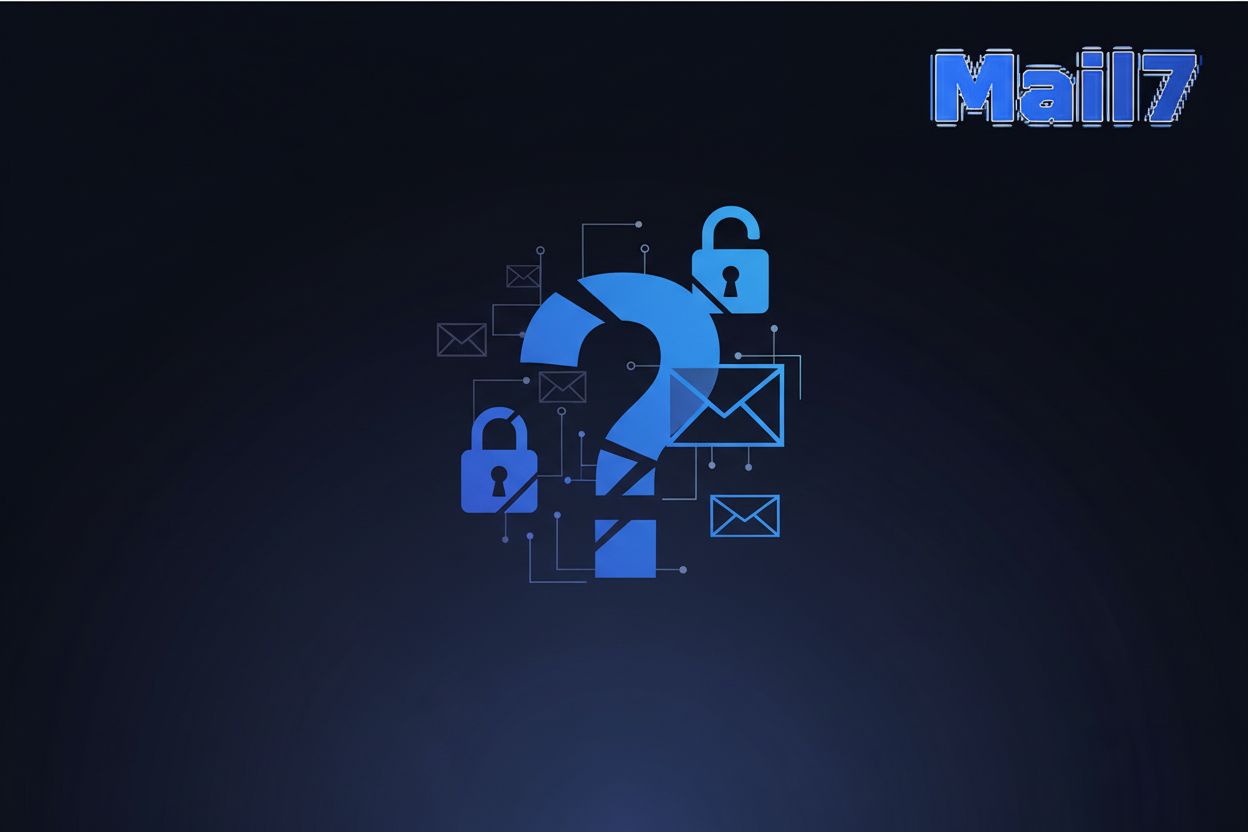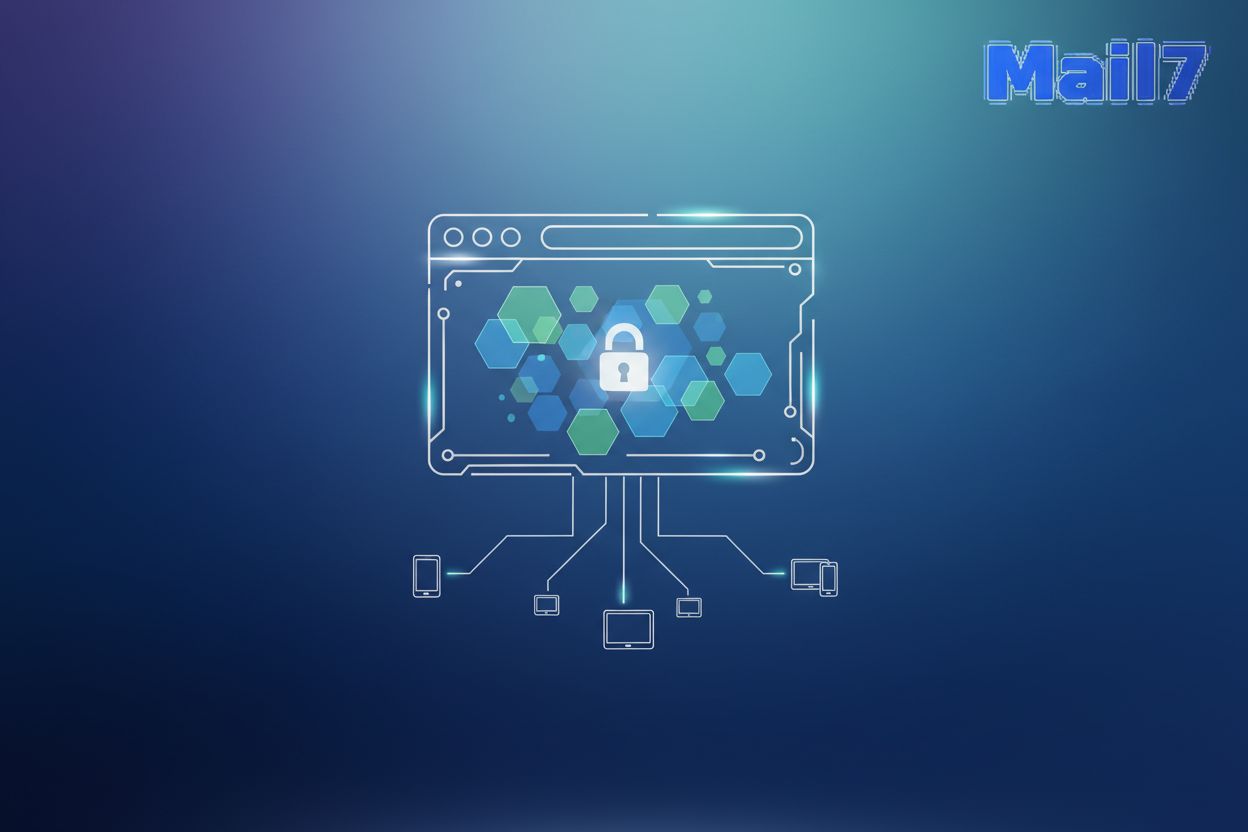Everything you need to know about email privacy regulations
TL;DR
Understanding the B2B Email Marketing Landscape
B2B email marketing, it's still a thing, right? Absolutely! But it ain't your typical B2C blast. A typical B2C blast is usually a mass email sent to a broad audience, often with a focus on immediate sales or promotions, and it's generally less personalized. B2B email marketing, on the other hand, is more like a carefully orchestrated chess game than a quick game of checkers.
- It has those longer sales cycles. Think months, not minutes.
- Also, relationships are everything. You gotta build trust, not just grab a sale.
- Higher value transactions are also important; we are talking serious money.
- And, of course, there's multiple decision-makers to win over.
Building Your B2B Email Marketing Strategy: A Step-by-Step Approach
Okay, so you wanna build a B2B email strategy? Makes sense! Thing is, where do you even start? Understanding the B2B email landscape is one thing, but putting it into practice is another.
First off, nail down those buyer personas. I mean really get into their heads.
- What kinda companies they work at? Are we talkin' startups or established giants?
- What keeps them up at night? Is it supply chain issues, or maybe dwindling leads?
- What sorta goals are they chasin'? Like, are they trying to slash costs, ramp up innovation, or something completely different?
Like, if you're targeting healthcare admins, your emails are gonna look way different than if you're chasing after, say, retail ceos. This is because healthcare admins are often focused on patient care, regulatory compliance, and operational efficiency, so your messaging would highlight those aspects. Retail ceos, however, are usually more concerned with sales figures, market share, and customer acquisition, so your emails would need to speak to those priorities. BrandonGaille.com notes that you need to prove value to get leads interested from the get-go. This means clearly demonstrating how your product or service solves their specific problems or helps them achieve their goals right from the first interaction.
Once you have a good handle on who you are targeting, you can then set goals for your email campaigns.
Crafting High-Converting B2B Email Content
Ever wonder why some B2B emails just click? It's not random luck, promise! It's about crafting content that resonates, provides value, and, most importantly, converts. Let's dive into how to make your B2B emails sing.
So, what's the secret sauce? Here's a few key ingredients:
- Value First: Don't bury the lede. Start with the payoff. Healthcare company? Show how your solution cuts administrative costs by 15% now. Retail? Highlight how you boost average order value by 10% immediately.
- Relevance is King: generic greetings ain't gonna cut it. Segment your list and tailor your message. Financial services prospects want different info than tech startups.
- Solve Their Problems: Focus on pain points. What keeps them up at night? Address those concerns head-on. "struggling with lead generation?"
- Clear Call-to-Actions: Make it obvious what you want them to do. Schedule a demo? Download a whitepaper? Tell them!
- Keep it concise: Ain't nobody got time for reading War and Peace in an email. Get to the point, and make it snappy. Aim for emails that are around 150-200 words, broken into short paragraphs with clear headings or bullet points.
And remember: test, test, test! See what works, and then do more of that.
B2B Email Marketing Automation: Streamlining Your Efforts
B2B email marketing automation? It's not just about saving time; it's about making every email count!
- Welcome sequences: Greet new leads instantly and personalize their journey. Imagine a healthcare company sending a tailored resource kit with case studies on cost reduction for administrators and best practices for patient engagement for clinical staff.
- Behavioral triggers: Send the right email at the right time. A retail company could trigger a follow-up when a prospect views a specific product page, perhaps offering a related guide or a limited-time discount.
- Drip campaigns: Nurture leads over time with scheduled content. For example, a financial service might send weekly tips on maximizing ROI with their software, followed by a case study demonstrating success.
Let's dive into setting up automated workflows.
Measuring and Optimizing Your B2B Email Marketing Performance
So, you're sending emails, but are they, like, working? You gotta track stuff, otherwise you're flyin' blind.
- Open rates show how many people even see your email. If it's low, your subject line probably stinks.
- Click-through rates (ctr) tells you if they're clickin' on links. No clicks? Content probably ain't engaging.
- Conversion rates is the big one. Are they doin' what you want them to do? Like, signing up for a trial?
- and then Unsubscribe rates--people are leaving, maybe you are sending too many emails? Or perhaps the content isn't relevant to their needs anymore, or the targeting is off. It's important to analyze why people are unsubscribing.
B2B Email Marketing Examples: Success Stories and Case Studies
Okay, so you're probably wondering if all this email marketing stuff actually works, right? Let's look at some examples.
Lead generation for saas firms: Imagine a campaign targeting SaaS companies, focusing on how your product integrates with their existing software. The results? A 20% increase in qualified leads and a 15% reduction in sales cycle length. If you can show how you boost their bottom line from the get-go, they are more likely to be interested.
Nurturing enterprise software leads: Think of a nurturing campaign for enterprise software, where you send a series of emails highlighting different features and benefits over time. Like, a financial service company might send weekly tips on maximizing ROI with their software, followed by a case study showing a 25% increase in efficiency for a similar client.
Re-engaging inactive subscribers: What about a re-engagement campaign for those subscribers who've gone quiet? Offer them something valuable, like an exclusive discount or a free resource, to get them clicking again.
These are just a few ways to see how email marketing can drive results.
Email Deliverability and Compliance: Ensuring Your Emails Reach the Inbox
Hate when your emails vanish into the spam abyss? Yeah, me too. Here's how to fight back:
- Authentication is key. SPF, DKIM, dmarc – set 'em up! SPF (Sender Policy Framework) helps prevent spoofing by specifying which mail servers are authorized to send email on behalf of your domain. DKIM (DomainKeys Identified Mail) adds a digital signature to your emails, verifying that they haven't been tampered with in transit. DMARC (Domain-based Message Authentication, Reporting & Conformance) builds on SPF and DKIM, telling receiving servers what to do with emails that fail authentication, and providing reporting on email activity. Together, these protocols significantly boost your sender reputation and ensure your emails land in the inbox.
- Watch your content. Avoid spammy words and too many links.
- Clean your lists. Bounce rates kill ya, so prune those dead addresses.
Next up, let's talk compliance!
Advanced B2B Email Marketing Techniques
So, you're lookin' to get fancy with your B2B emails, huh? It's not just about blastin' out messages; it's about bein' smart.
- ABM (Account-Based Marketing)? Think laser focus. Like, a healthcare firm targeting a specific hospital chain, tailoring every message and touchpoint to that particular account's needs and decision-makers.
- Integrate everything! crm, social, website retargeting… keep it all connected. It's a symphony, not a solo. Your CRM helps you track customer interactions and segment your lists for personalized emails. Social media can be used to amplify your email content and identify potential leads. Website retargeting allows you to show targeted ads to people who have visited your site, reinforcing your email messaging and guiding them back to conversion points. When these elements work together, they create a cohesive and powerful marketing effort that speaks to your audience across multiple channels.





